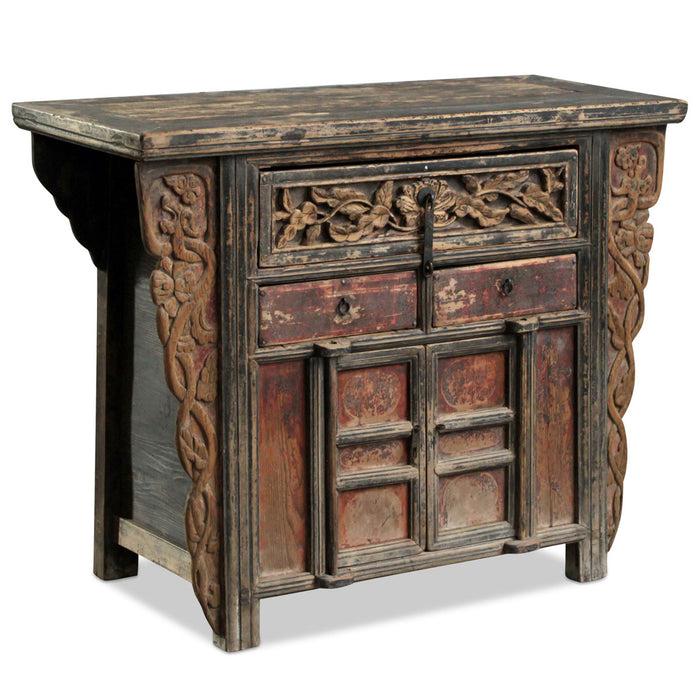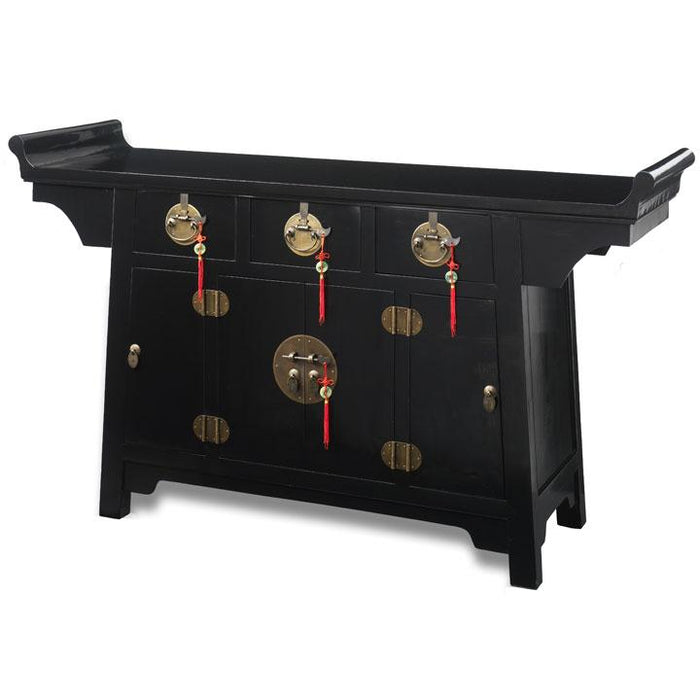
Symbolism in Chinese Furniture: Understanding the Cultural Significance
Here at Shimu we’re incredibly proud of the wide range of beautiful Chinese antiques we’re able to offer our customers. From richly decorated armoires and wedding cabinets, through to intricately carved wooden screens and chairs, traditional Chinese furniture is as prized today by discerning homeowners as it’s always been.
Whether you’re just starting to discover the wonderful world of Chinese antiques or already have a collection to be proud of, there’s no doubt that you’ll have noticed the frequent use of symbolism in Chinese furniture making. Nothing is left to chance in this rich tradition so whether it’s the type of wood used or the design of a carved motif, the use of symbolism in Chinese furniture dates back centuries. So with this in mind, we thought we’d take the opportunity to explore in a little more detail what some of these symbols mean and why they’re so important to Chinese culture.
More Than Decorated Furniture

Chinese furniture, with its intricate designs and impeccable craftsmanship, is more than just a functional entity; it is a testament to the rich tapestry of Chinese culture and history. The motifs and symbols carved into these pieces are not mere decorations; they carry profound meanings, rooted in ancient traditions and beliefs.
Historically, furniture in China was not just a household item but a reflection of one's status and cultural identity. The materials used, the craftsmanship, and especially the symbols, all played a role in conveying messages about the owner's wealth, beliefs, and aspirations. For instance, the use of rare woods like rosewood or zitan was reserved for the elite, symbolising their elevated status in society.
One of the most iconic symbols found in Chinese furniture is the dragon. Representing power, strength, and good fortune, the dragon is often intricately carved into chair backs, table legs, and cabinets. Its presence in a household was believed to bring protection and prosperity. Similarly, the phoenix, another mythical creature, symbolises renewal and the eternal cycle of life. When paired with the dragon, it represents the harmonious union of yin and yang, male and female energies.

Floral motifs are also prevalent in Chinese furniture designs. The lotus, for instance, is a symbol of purity and spiritual enlightenment, often associated with Buddhism. Its growth from the mud to the surface water signifies spiritual emergence and new beginnings. The chrysanthemum, on the other hand, stands for longevity and resilience, as it blooms in the autumn, braving the cold winds.
Another motif that holds cultural significance is the bat, which might be surprising to Western audiences. In Chinese, the word for bat, "fu", sounds similar to the word for good fortune. Thus, bats are often depicted in furniture to wish the owner happiness and prosperity. Sometimes, they are shown with other symbols, like the peach, which represents longevity, creating a combined wish for a long and fortunate life.
The cultural significance of these symbols is deeply intertwined with Chinese philosophical beliefs. Confucianism, Taoism, and Buddhism, the three primary philosophies of China, have all influenced the symbolism in furniture making. For instance, the concept of harmony and balance, central to Taoist beliefs, is reflected in the symmetrical designs and the pairing of complementary symbols.

Meticulous Craftsmanship Combined with Traditional Design
The meticulous craftsmanship and the emphasis on preserving traditional designs are a nod to Confucian values of respecting one's ancestors and upholding traditions. The continuity of these symbols and motifs, despite the changing dynasties and modern influences, speaks volumes about the Chinese reverence for their history and heritage.
The symbolism in Chinese furniture is a window into the soul of Chinese culture. It reflects the nation's history, beliefs, and aspirations. For the discerning eye, a piece of Chinese furniture is not just an object of utility but a storybook, narrating tales of ancient wisdom, cultural pride, and timeless beauty. As we appreciate the artistry of these pieces, we also gain insight into the profound depths of Chinese thought and tradition.





Leave a comment